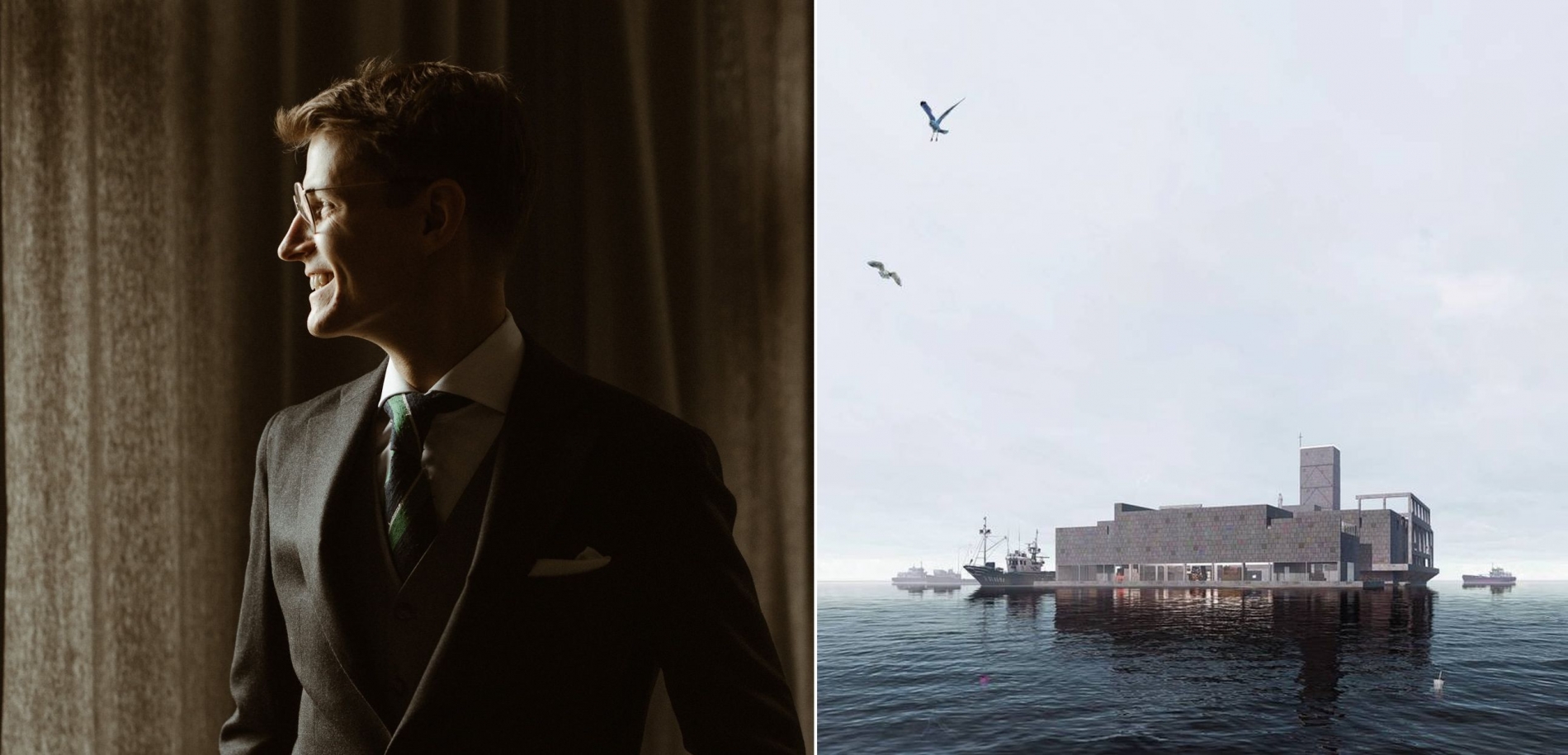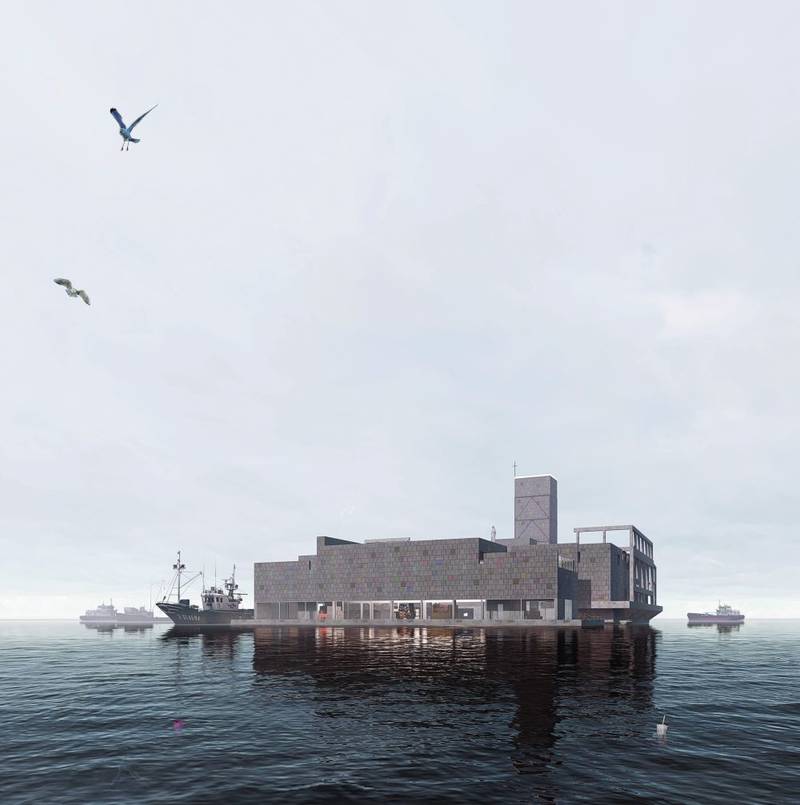YOUR BROWSER IS OUT-OF-DATE.
We have detected that you are using an outdated browser. Our service may not work properly for you. We recommend upgrading or switching to another browser.
Date: 14.10.2020 Category: awards, general news
Paweł Lisiak, a graduate of the Faculty of Architecture, has won the main prize in the national competition for the best diploma projects organised by the Union of Polish Architects (SARP). Also, three of our graduates were recognised and awarded with honorary mentions.

The results of this year's edition of the Zbyszek Zawistowski SARP Annual Award competition were announced during the awards gala held in Warsaw. The best thesis defended in 2019 was the project entitled “Laudato si: the Franciscan monastery” by Paweł Lisiak, a graduate of Wrocław University of Science and Technology. The diploma project was created under the supervision of Tomasz Głowacki from the Department of Architecture and Visual Arts at WUST’s Faculty of Architecture.
Paweł Lisiak created a design of a sacred facility as part of the structure of the post-German torpedo house Babie Doły (Torpedenwaffenplatz Hexengrund) built in 1942 in Gdynia, intended to become a home for the Franciscan order. In this way, the author makes a reference to the beginnings of these orders, which as late as in the 13th century would take over abandoned, unwanted, and destroyed facilities such as hospitals or unused chapels. The monks worked hard to gradually restore these places to their previous magnificence, and their proximity to nature and isolation from the world was intended to enable them to have a closer relationship with God.
 The monastery and its accompanying buildings would be made of hollow plastic bricks produced on-site by the members of the order. The plastics collected from the sea and the beach would go to a warehouse in the monastery complex and then be segregated. Those of so-called thermoplastics, which constitute 80% of all plastics in the world, would be used to produce hollow bricks using the RPL (recycled plastic lumber) technology in a production line built on site. Most of the building materials created in this way would be used to expand the monastery facilities, some of them would go to the poor and disaster victims, and some would be sold. As the project’s author of emphasises, hollow bricks made of plastic, due to their properties, don’t absorb moisture and are resistant to salt, while a wall structure made from them wouldn’t be affected even by a very strong wind, which has been confirmed by laboratory tests. Therefore, plastic is ideal for use in facilities located at sea.
The monastery and its accompanying buildings would be made of hollow plastic bricks produced on-site by the members of the order. The plastics collected from the sea and the beach would go to a warehouse in the monastery complex and then be segregated. Those of so-called thermoplastics, which constitute 80% of all plastics in the world, would be used to produce hollow bricks using the RPL (recycled plastic lumber) technology in a production line built on site. Most of the building materials created in this way would be used to expand the monastery facilities, some of them would go to the poor and disaster victims, and some would be sold. As the project’s author of emphasises, hollow bricks made of plastic, due to their properties, don’t absorb moisture and are resistant to salt, while a wall structure made from them wouldn’t be affected even by a very strong wind, which has been confirmed by laboratory tests. Therefore, plastic is ideal for use in facilities located at sea.
Our winner will receive prize money and an opportunity to do an internship at a renowned Swiss architectural studio.
25 diploma projects were selected for the finals. As many as five of them were prepared by students of Wrocław University of Science and Technology.
Our site uses cookies. By continuing to browse the site you agree to our use of cookies in accordance with current browser settings. You can change at any time.